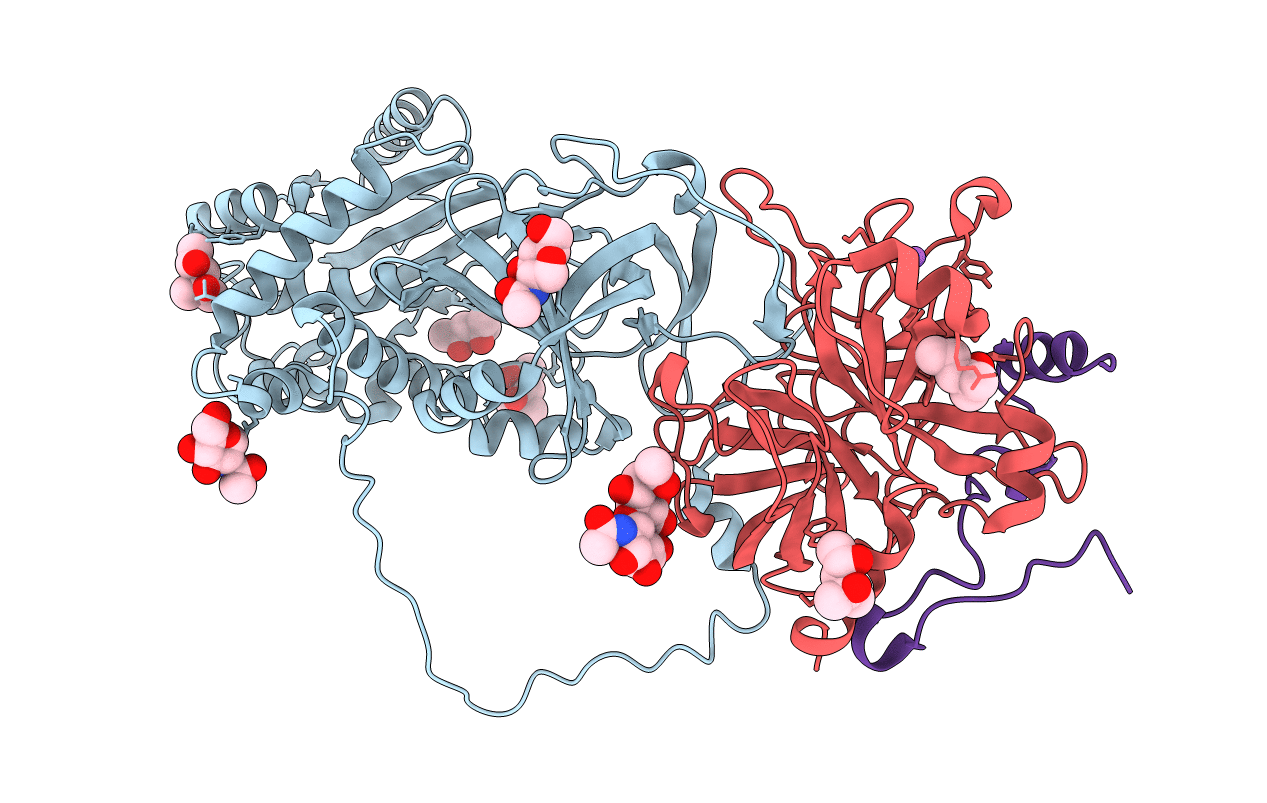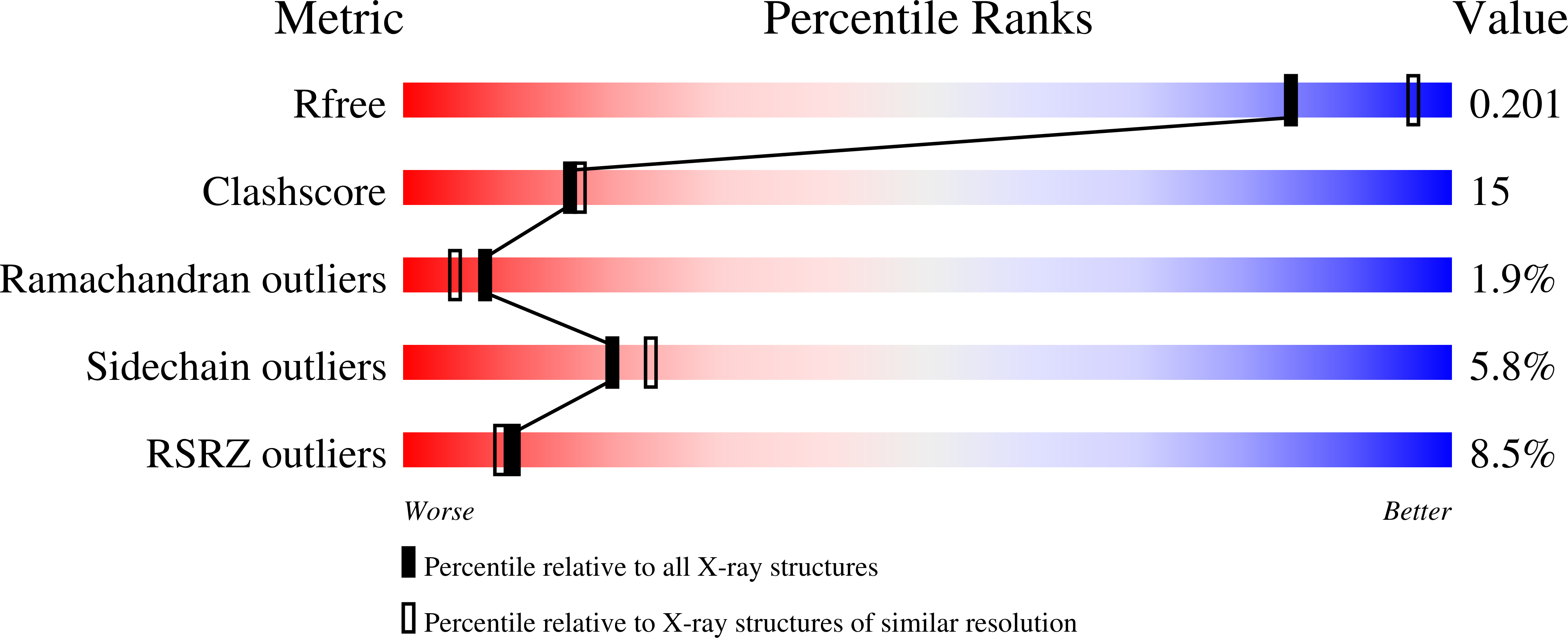
Deposition Date
2001-07-19
Release Date
2002-08-30
Last Version Date
2024-10-30
Entry Detail
PDB ID:
1JMO
Keywords:
Title:
Crystal Structure of the Heparin Cofactor II-S195A Thrombin Complex
Biological Source:
Source Organism:
Homo sapiens (Taxon ID: 9606)
Host Organism:
Method Details:
Experimental Method:
Resolution:
2.20 Å
R-Value Free:
0.21
R-Value Work:
0.20
Space Group:
P 61


